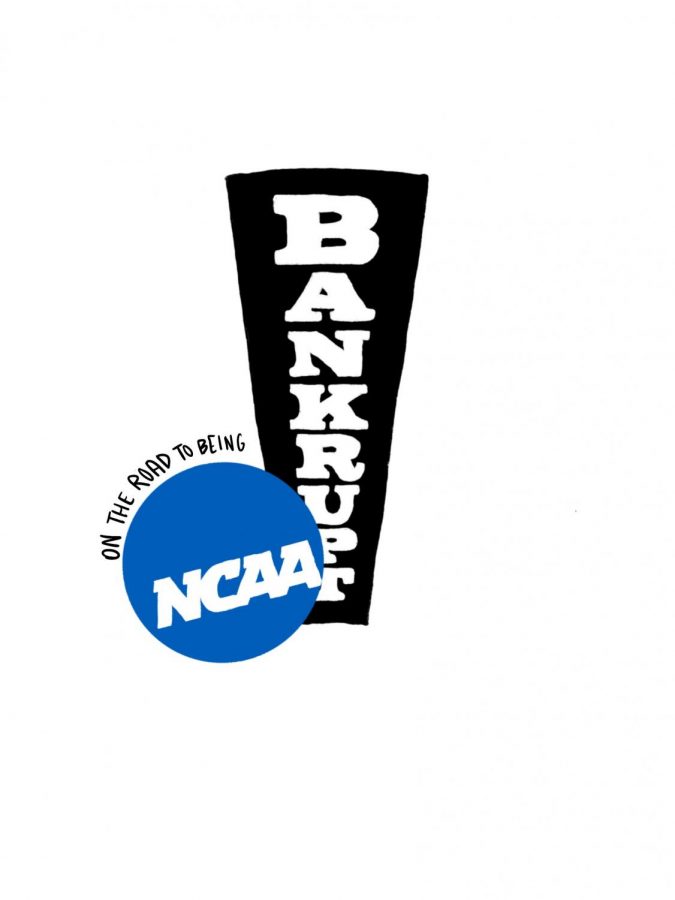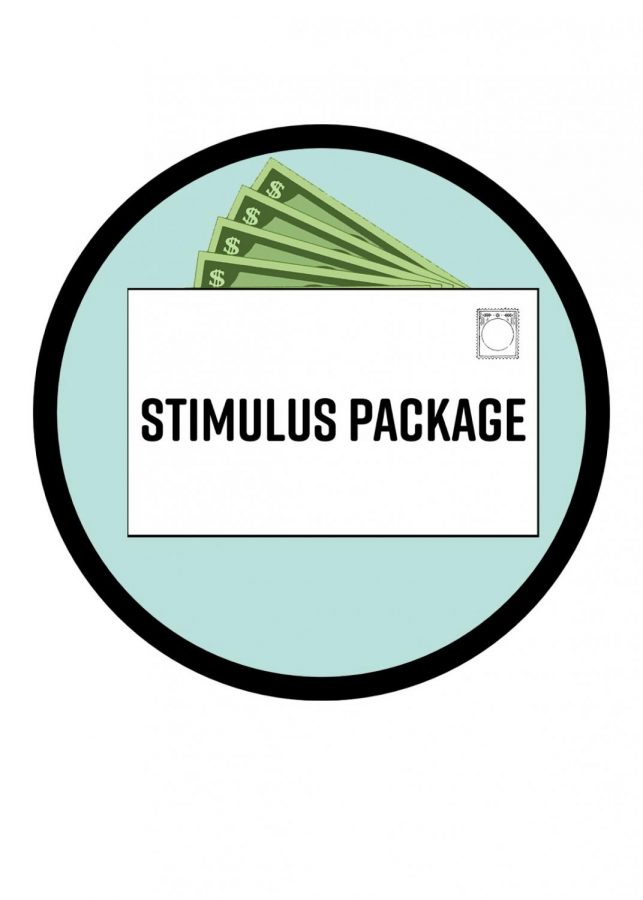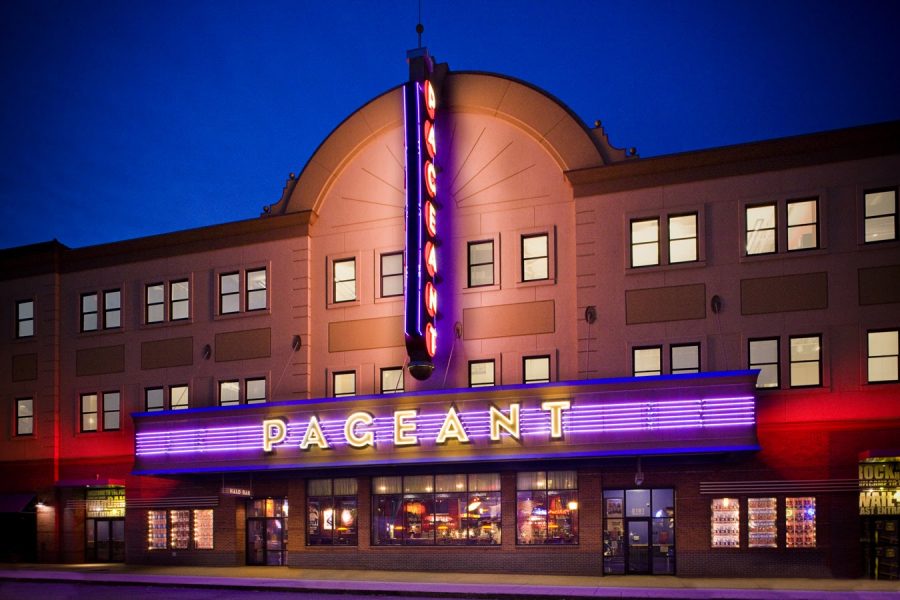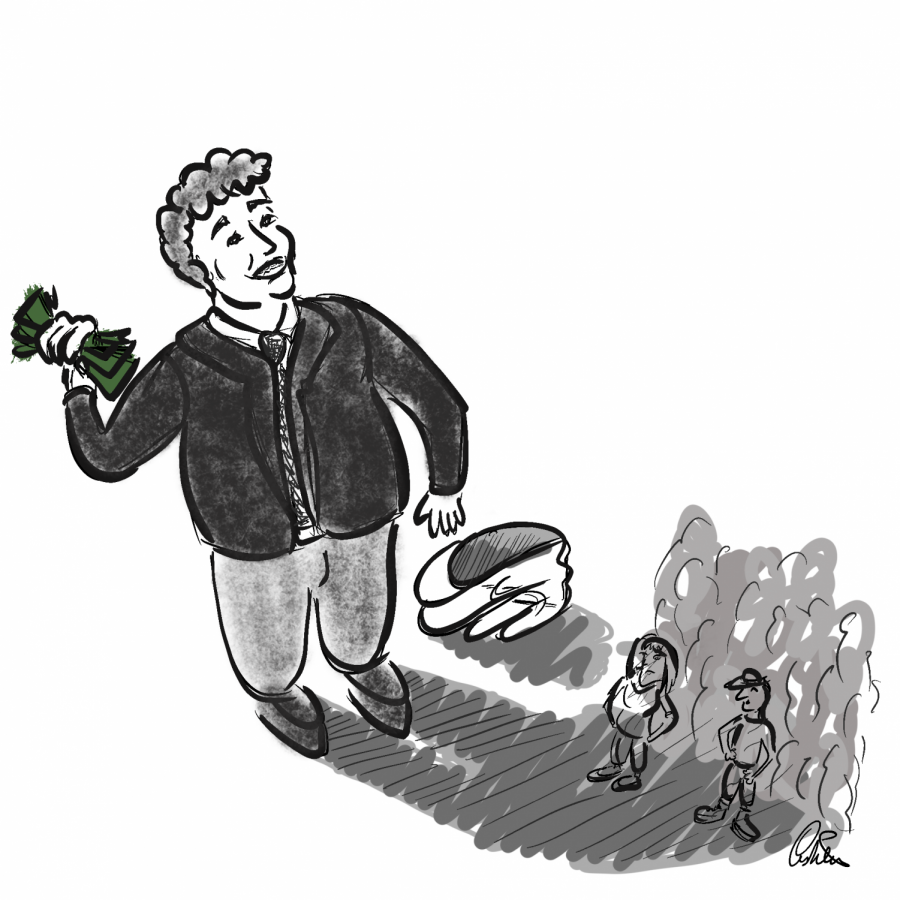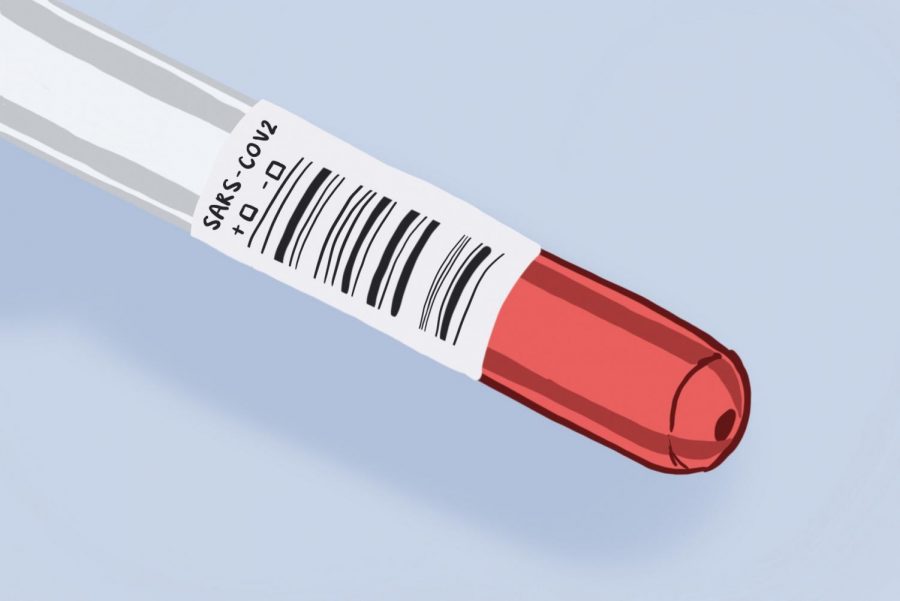The first thing that I see right after I wake up in the morning is the price of gasoline, and ever since the school year started, the prices ricochet up and down to extremes. I even remember waking up one morning and seeing the price the Shell station on Grand having dipped slightly under $3 a gallon.
With national averages on the rise and just hovering below $3.70, there seems to be a general consensus that the price increases will not stop, leaving any hope for prices under $2 in the realm of nostalgia. In fact, in 1996, the national average for a gallon of gas sat at $1.28. Modernize that price to the year 2010 with the use of inflation, and you have $1.70.


